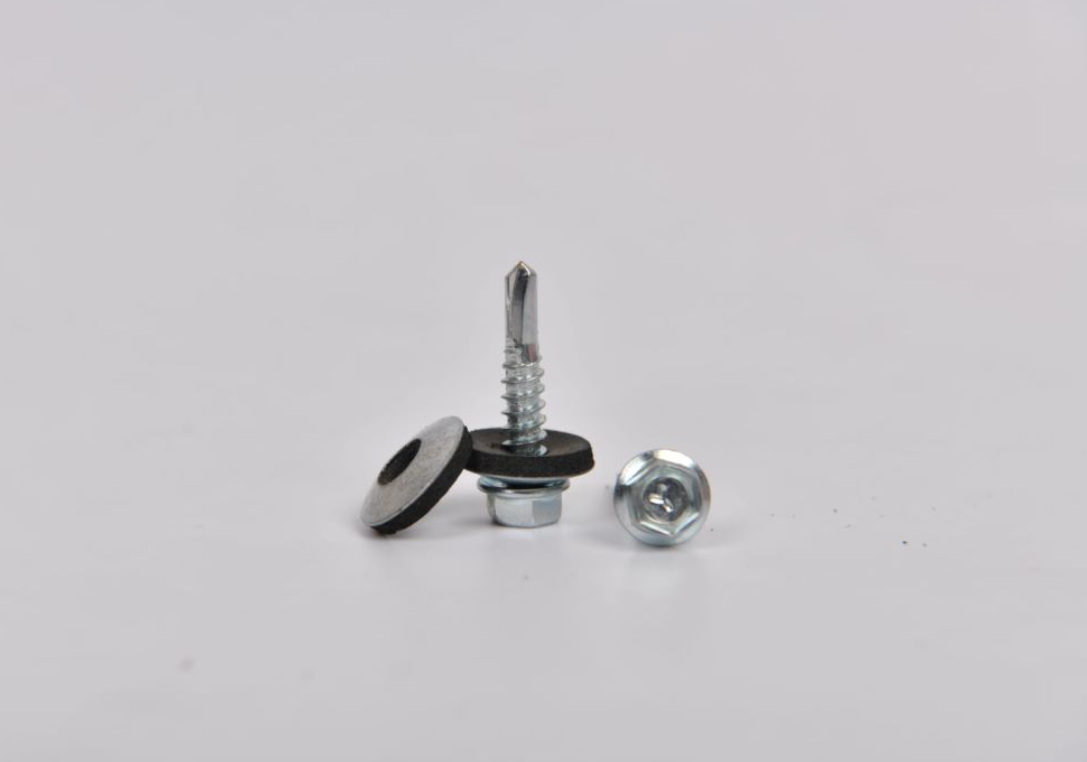Self-Tapping Screws Design and Specifications for Efficient Fastening Solutions in Engineering Applications
Understanding Self-Tapping Screws A Comprehensive Overview
Self-tapping screws are a vital component in various applications, particularly in the fields of construction, manufacturing, and DIY projects. Unlike traditional screws, which require a pre-drilled hole, self-tapping screws can create their own hole in the material as they are driven in. This unique feature makes them appealing for a wide range of uses, saving time and enhancing efficiency in assembly processes.
How Self-Tapping Screws Work
The mechanism of self-tapping screws is relatively straightforward. These screws have a pointed tip and a sharp thread design that allows them to penetrate the material upon insertion. Depending on the material—be it wood, metal, or plastic—these screws can effectively cut through and secure themselves in place without the need for additional tools or hardware.
There are generally two types of self-tapping screws thread-cutting screws and thread-forming screws. Thread-cutting screws remove material to create threads in the hole, making them more suitable for materials like metal or hardwood. In contrast, thread-forming screws displace the material without cutting it, allowing for greater flexibility when used in softer materials, such as plastics or drywall.
Applications of Self-Tapping Screws
The applications of self-tapping screws are vast and varied. In construction, they are commonly used for fastening sheet metal, securing drywall, and assembling furniture. The ease of installation makes them ideal for contractors who need to complete jobs efficiently without compromising on strength and stability.
self tapping screw dwg

In the automotive industry, self-tapping screws are used for securing parts and components, ensuring that assemblies can withstand vibrations and stresses encountered during operation. Moreover, they are crucial in machinery and appliance manufacturing, where precision and durability are paramount.
For DIY enthusiasts, self-tapping screws simplify projects by eliminating the necessity for pre-drilling, making it easier to work with a range of materials. Whether building a new deck, repairing furniture, or creating crafts, these screws offer convenience and ease of use.
Advantages of Self-Tapping Screws
One of the main advantages of self-tapping screws is their efficiency in installation. The elimination of pre-drilling steps not only saves time but also reduces the risk of damaging materials. Their design allows for secure fastening, which is essential for maintaining structural integrity in construction and manufacturing applications.
Additionally, self-tapping screws are available in various sizes and materials, catering to specific project needs. Stainless steel options are particularly resistant to rust and corrosion, making them suitable for outdoor or humid environments. This versatility ensures that users can find the perfect self-tapping screw for any situation.
Conclusion
In summary, self-tapping screws are an essential tool in various industries and applications. Their self-drilling capability, coupled with their efficiency and versatility, makes them a preferred choice for professionals and DIY enthusiasts alike. As technology advances and new materials emerge, the design and functionality of self-tapping screws continue to evolve, further cementing their place in the toolkit of anyone involved in construction, manufacturing, or craft projects. Understanding their characteristics and applications can significantly enhance the quality and success of any project, making self-tapping screws a fundamental element in modern engineering and assembly processes.
-
Top Choices for Plasterboard FixingNewsDec.26,2024
-
The Versatility of Specialty WashersNewsDec.26,2024
-
Secure Your ProjectsNewsDec.26,2024
-
Essential Screws for Chipboard Flooring ProjectsNewsDec.26,2024
-
Choosing the Right Drywall ScrewsNewsDec.26,2024
-
Black Phosphate Screws for Superior PerformanceNewsDec.26,2024
-
The Versatile Choice of Nylon Flat Washers for Your NeedsNewsDec.18,2024










